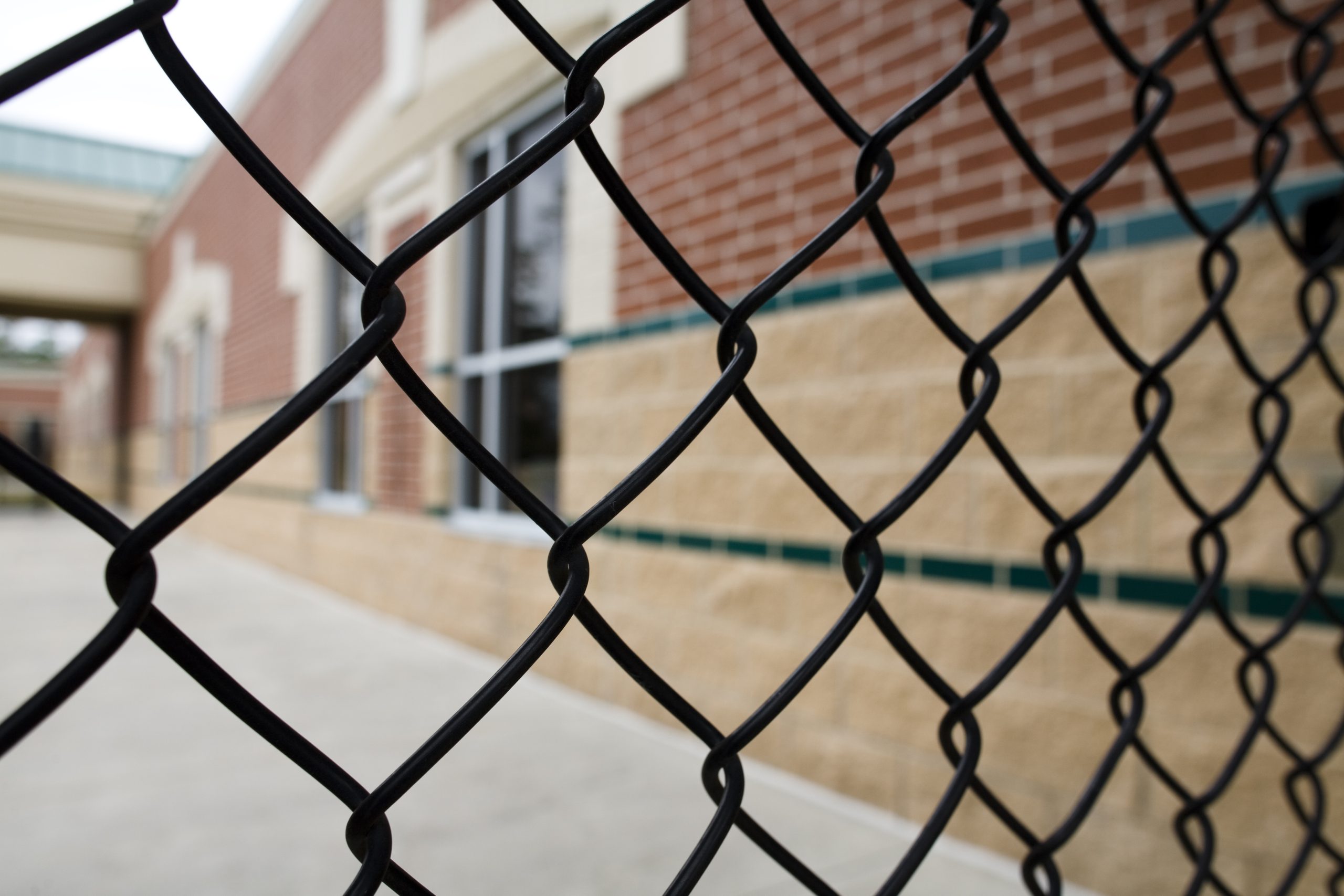For the first time in the nation’s history, U.S. Surgeon General Dr. Vivek Murthy issued an advisory declaring firearm violence a public health crisis. The advisory outlines the urgent threat firearm violence poses to the health and well-being of Americans.
The Surgeon General’s advisory lays out the approach the country can take to address firearm violence as a public health crisis. This includes implementing community violence prevention programs and firearm risk reduction strategies, improving access to mental health care for those exposed to or at risk for firearm violence, and expanding research funding to inform and evaluate our prevention strategies.
Key data
- Firearms were the leading cause of death for children and adolescents from 1 to 19 years of age in the U.S. from 2002–22, the last year in which this data is currently available.
- In 2022, 48,204 total people died from firearm‑related injuries, including suicides, homicides and unintentional deaths. That is more than 8,000 more lives lost than in 2019 and over 16,000 more lives lost than in 2010.
- A recent nationally representative survey found that the 54 percent of U.S. adults or their family members have experienced a firearm‑related incident.
- Nearly six in 10 U.S. adults say that they worry “sometimes,” “almost every day,” or “every day,” about a loved one being a victim of firearm violence.
- From 2010–22, the rate of firearm-related suicide increased by 20 percent across the population, with the highest increases amount younger people, including a 68 percent increase for children 10-14 years old, 45 percent increase for ages 15-24 and a 43 percent increase for ages 25-34.
- Rates of firearm‑related death in the U.S. are significantly higher than rates in other high‑income countries. Data from the Centers for Disease Control and Prevention (CDC) and the World Health Organization (WHO) found that, in 2015, the overall firearm‑related death rate was 11.4 times higher in the U.S. compared to 28 other high‑income nations.
- A more recent study from 2019 showed that the rate of firearm mortality among children and adolescents (ages 1‑19) in the U.S. (36.4 per 1 million) was more than five times the rate of firearm mortality among the same age group in Canada, about 18 times the rate of firearm mortality in Sweden and more than 22 times the rate of firearm mortality in Australia.
The mental health toll of firearm violence
Even those who do not experience direct bodily harm often struggle with mental health consequences related to firearm violence exposure, including community members, children, adolescents and families.
“There is increasing evidence that exposure to firearm violence can contribute to elevated stress levels and mental health challenges and threaten the sense of well‑being for entire communities,” states the advisory. “One study examining emergency department admissions between 2014 and 2018 found that children and adolescents in west and southwest Philadelphia, who lived within two to three blocks of where a shooting occurred, had nearly 50 percent increased odds of using an emergency room for mental health reasons during the subsequent 30 days after the shooting than other children and adolescents.”
A 2023 nationally representative survey found that 51 percent of 14- to 17‑year‑olds in the U.S. worry about school shootings and nearly six in 10 report that they “have recently thought about what would happen if a person with a gun entered” their school or a school nearby. Further, students exposed to school shootings experience “declines in health and well‑being, engage in more risky behaviors, and have worse education and labor market outcomes as young adults,” according to a recent study using data on shootings compiled by the Center for Homeland Defense and Security.
According to the 2030 Healthy People Report by the U.S. Department of Health and Human Services, “children and adolescents exposed to violence are at risk for poor long‑term behavioral and mental health outcomes, such as depression, anxiety, and post‑traumatic stress disorder, regardless of whether they are victims, direct witnesses, or hear about the crime.”
The advisory also examines the impact of firearm violence on communities and families and delves into contributing factors to firearm violence.
A public health approach
“A public health approach is designed to prevent and reduce harm by changing the conditions and circumstances that contribute to risk of firearm violence as measured by deaths, injuries, as well as the reverberating mental health and emotional impacts detailed in this advisory,” the document states. “This cross‑sector approach complements the work of clinical health care providers to treat those who are victims and survivors of violence and the work of law enforcement to hold perpetrators accountable. To be successful, this approach must include everyone, from firearm owners to health workers to community leaders.”
Four critical components of this approach include:
- Critical research investments including improving data sources and collection to inform prevention activities, expanding short- and long-term studies examining the outcomes of firearm violence and evaluating prevention strategies, and conducting implementation science research to improve effectiveness of prevention strategies.
- Community risk reduction and education strategies including implementing community violence interventions to support populations with increased risk of firearm violence involvement, incorporating organizational violence prevention and emergency preparedness elements into safety programs, encouraging health systems to facilitate education on safe and secure firearm storage, and addressing structural determinants that increase the risk of firearm violence.
- Firearm risk reduction strategies including requiring safe and secure firearm storage, including child access prevention laws; implementing universal background checks and expanding purchaser licensing laws; implementing effective firearm removal policies such as bans for domestic abusers; and banning assault weapons and large-capacity magazines for civilian use. [In support of such efforts, CSBA’s Research and Education Policy Development team developed the following brief: School Safety: Firearm Safety and Storage]
- Mental health access and support including prioritizing increased access to affordable, high‑quality mental health care, substance use treatment and other trauma‑informed resources and enhancing safety measures and mental health resources in learning settings for children and adolescents.





